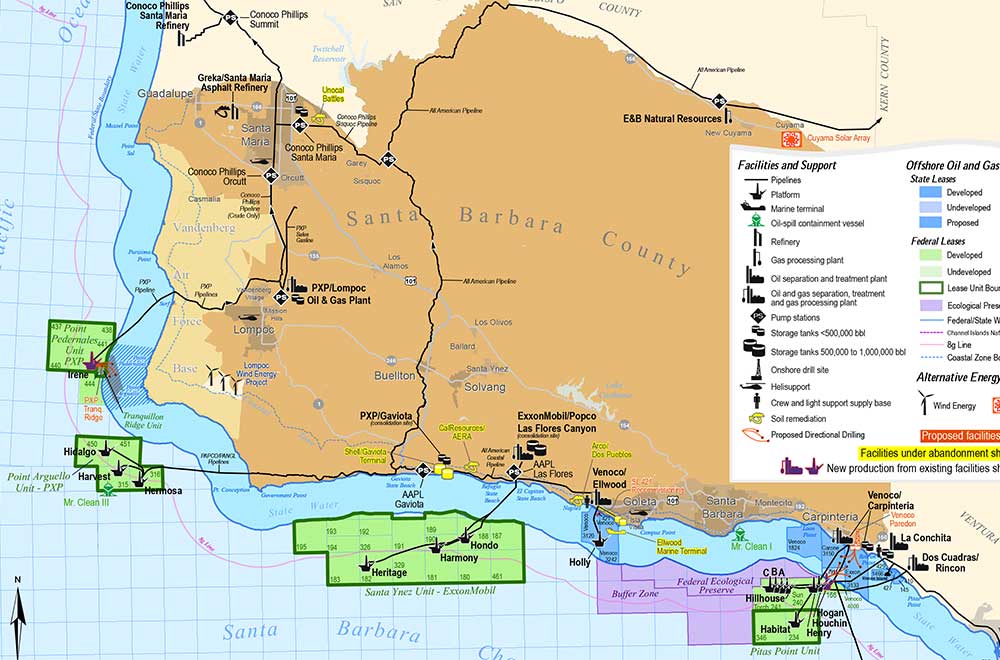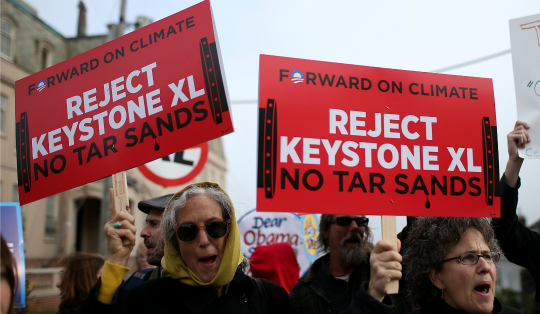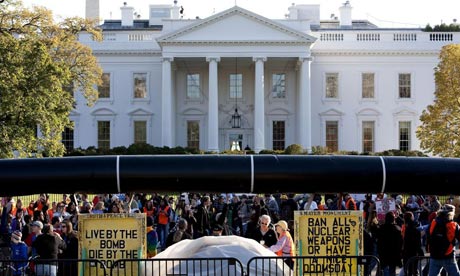http://hamptonroads.com/2014/02/crucial-study-nears-offshore-drilling-virginia
By Bill Bartel
© February 19, 2014
Drilling for gas and oil off Virginia’s coast is still forbidden, but proponents hope a federal study due within two weeks will let them at least start looking for places to set up drilling rigs.
Industry officials are seeking federal permits to conduct seismic testing – using airguns to bounce sound waves off the ocean floor and deeper formations – to explore anomalies that could indicate the presence of oil and gas deposits.
A long-awaited environmental impact statement needed in advance of the testing will be released this month, according to the Bureau of Ocean Energy Management. The analysis will examine how seismic surveys in the mid- and south Atlantic would affect marine life and what must be done to mitigate possible harm.
Nine companies have requested permits to conduct seismic surveys.
The process involves ship-mounted devices firing compressed air into the water to generate sound waves that reflect off rock formations, with the echoes monitored by equipment on the surface. Geophysicists and geologists can use the data to “see” subsurface formations with geological structures that might hold oil and gas.
The impact study, which began three years ago, included eight public hearings along the Eastern Seaboard.
At a hearing in Norfolk in April 2012, opponents objected to seismic testing, saying it would be disruptive and harmful to whales, sea turtles and other marine life. Proponents said the tests could be done safely and are needed, noting that existing oil and gas information is outdated.
For environmentalists, what may be of greater concern than seismic testing itself is what it represents: a tangible step toward drilling more than 50 miles off the coast.
“It’s the camel’s nose under the tent,” said Glen Besa, state director of the Sierra Club. He and other opponents say the environmental risks of drilling operations can’t be ignored, and he worries that burning fossil fuels contributes to climate change and rising sea levels.
Meanwhile, oil and gas industry officials say they’re gaining ground in building political support for drilling.
“From our perspective, it is moving in the right direction,” said Randall Luthi, president of the National Ocean Industries Association.
Luthi said opposition to testing and drilling “goes with the territory. We face it all the time.”
Federal sales of Virginia leases for offshore drilling were expected to begin in 2011. They were put on hold by President Barack Obama’s administration until at least 2017 after the 2010 Deepwater Horizon oil rig disaster in the Gulf of Mexico. That explosion killed 11 workers and caused the largest marine oil spill in U.S. history.
The moratorium also includes waters off North Carolina and other areas of the Atlantic, as well as large sections of the gulf near Florida’s west coast.
Some predict that any decision to sell leases in the Atlantic will depend on the willingness of the next president, who will take office in 2017.
Several of Virginia’s federal legislators and state leaders have unsuccessfully lobbied the Obama administration to end the moratorium. The U.S. House passed at least two bills in recent years that would have permitted lease sales, but the Senate didn’t consider them.
If the government gives a green light to seismic tests, companies likely wouldn’t get on the water for six months to a year – depending on how long it takes to obtain federal and state permits and move equipment to the region, said Gail Adams, spokeswoman for the International Association of Geophysical Contractors.
Surveying all of the mid- and south Atlantic could take a year, Adams said in an email. Then there’s the onshore work of estimating the size and location of potential oil and gas deposits, which might not be completed until spring 2016, she said.
Updated mapping could make the lease sales more lucrative for the government. Better information about specific locations and quantities of hydrocarbon deposits would spur more bids and higher prices for lease sales, an industry executive told a congressional subcommittee last month.
For example, the tests would reduce the odds of expensive “dry holes,” where companies drill but don’t find significant oil or gas, said Richie Miller, president of Houston-based Spectrum Geo.
U.S. Rep. Scott Rigell, who supports offshore drilling along with Gov. Terry McAuliffe and Sens. Tim Kaine and Mark Warner, says offshore exploration would diversify the region’s defense-centric economy.
Rigell said industry improvements, particularly since the Deepwater Horizon accident, convince him that drilling and production can be done safely and without harming the environment.
The Virginia Beach Republican, who contends that the energy industry could generate thousands of high-paying jobs in the state, is planning to bring a delegation of government and oil industry officials from Louisiana to Hampton Roads this year.
“All we’re asking for, in a reasonable way, is for the federal government to get out of the way,” Rigell said.
However, opposition remains strong.
U.S. Rep. Bobby Scott said environmental concerns are too great. He opposes offshore drilling.
“I still, to this day, don’t understand why people get so excited about what’s happened on the Gulf Coast,” said the Newport News Democrat. “When people say it will create jobs, I say, ‘You’re exactly right. See all those cleanup jobs?’ There’s billions spent on cleanup.”
Walter Cruickshank, deputy director of the Bureau of Ocean Energy Management, said during the House hearing last month that there are no guarantees.
“I believe we made a lot of reforms and changes over the last few years that have greatly improved safety of operations on the outer continental shelf,” he said, “but we have not and cannot eliminate all risk.”
Special thanks to Richard Charter



